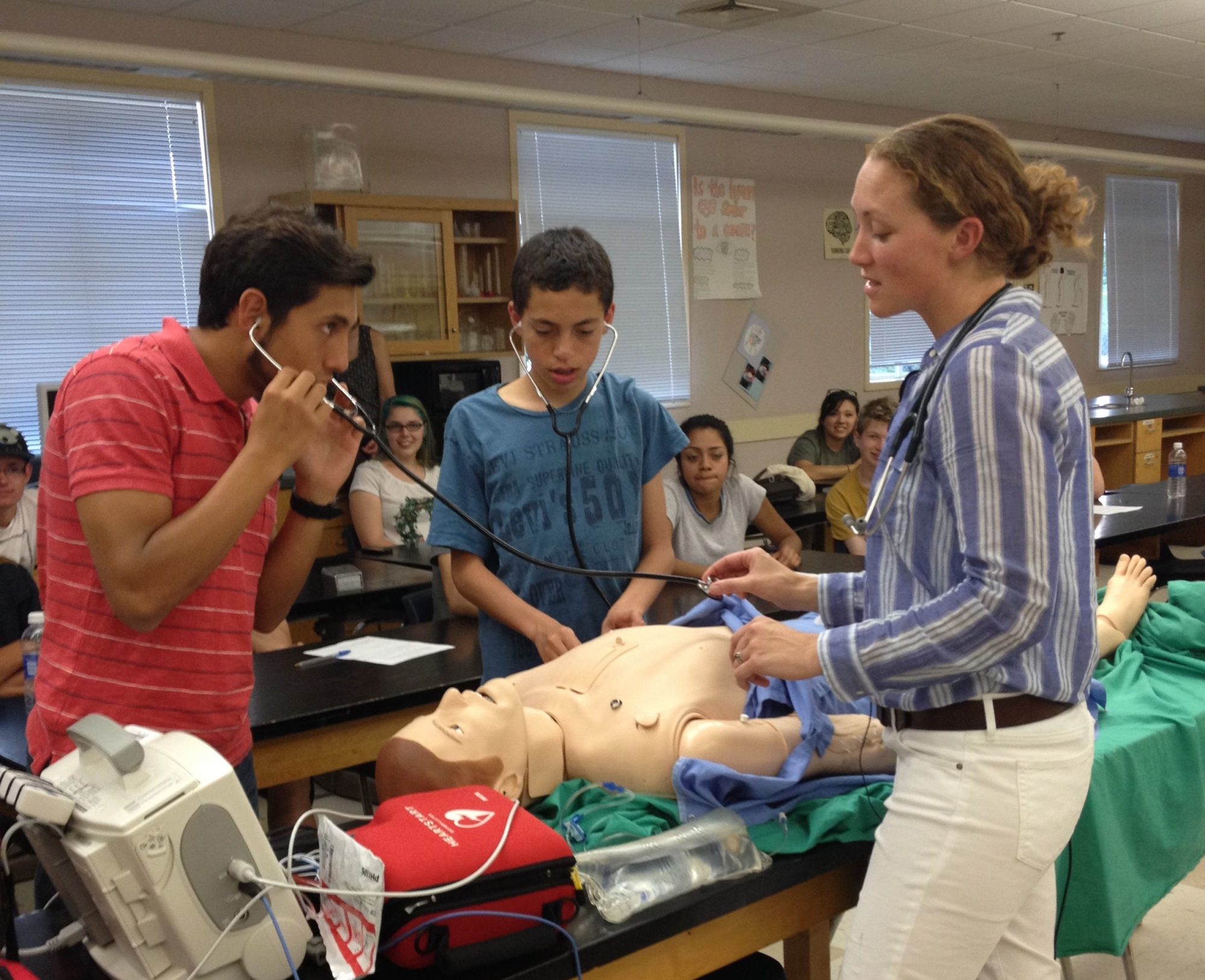Stephanie Rasmussenholds a Bachelor’s degree in Biochemistry and a Master’s degree in Biology from Dominican University of California and is coming to Marin Science Seminar Wednesday, October 18th, 2017 to speak about her research on malaria in Uganda.
Stephanie Rasmussen first became interested in biology as a high school student, but it was not until her freshman year of college that she learned what research was and thus realized her passion. Research sparked her fascination with lab work, which allowed her to test biological theories in a lab. Rasmussen decided to study biochemistry because she wanted to “have a deeper understanding of why different reactions happen inside cells to make them work correctly,” as well as to “help scientists, doctors, and other health professionals understand how and why different diseases make people sick.”
As a sophomore in college, Rasmussen worked in her graduate student advisor’s malaria lab. She volunteered in the lab all through her undergraduate years and continued to work in the lab after she graduated to get her Master’s degree in biology. Rasmussen’s passion is in studying human diseases; working in the malaria lab helped further her interest. Graduate school was when she started studying malaria parasites on location in Uganda. Rasmussen shares how this excited her, “I got to travel to a malaria endemic region, where I worked on parasites coming directly from malaria patients.”
 |
| Mosquitoes carry malaria (Source: scientistsagainstmalaria.net) |
Today, Rasmussen’s lab works with people both in the USA and in Uganda. On the importance of teamwork she says, “I love all of my coworkers. Success in science is all about teamwork and collaboration.” She enjoys working with a diverse group of people that share similar interests and have a shared goal: reducing the malaria burden. She encourages anyone interested in pursuing biomedical research to make connections with those in the field, and to learn about the work they are doing. She emphasizes the importance of taking advantage of research opportunities in college, “The only way people can find out if they like it is to try it.”
–>
Stephanie Rasmussen is happy to answer any questions about research as a career at: Stephanie.rasmussen16@gmail.com






